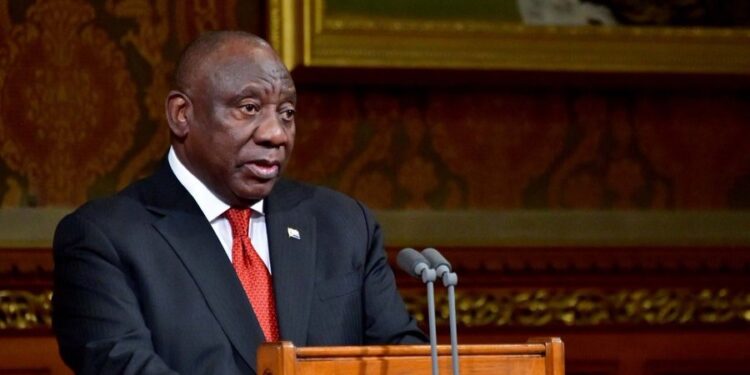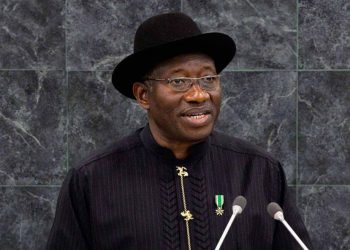South African President, Cyril Ramaphosa said that his country has existing and future potential to produce green hydrogen while estimated that S’Africa can produce six to thirteen million tons of green hydrogen and derivatives a year by 2050.
Ramaphosa who disclosed this in his address at the South Africa Green Hydrogen Summit in Cape Town on Tuesday, explained further that to do such million of tons would require between 140 and 300 gigawatts of renewable energy.
The President stated further that the focus would be on green hydrogen exports, electrolyser and fuel cell production, and the manufacture of green steel, sustainable aviation fuel, ammonia, fertilizers and renewable energy components.

“South Africa is an investment destination of choice. The country has proven itself as a gateway to a dynamic continent with great prospects. Africa is growing its output, is rapidly urbanising and has a young population. South Africa leads the continent in advanced manufacturing, science and technology”.
Telling the country’s story, the President said South Africa is not new to the green hydrogen conversation, adding that the Department of Science, Innovation has been leading research and innovation in green hydrogen in South Africa since 2007 through Hydrogen South Africa.
“This was motivated in part by the potential impact that the transition away from the internal combustion engine to battery electric vehicles would have on the country’s platinum mining industry. Together, South Africa and Zimbabwe hold over 90 per cent of the world’s known platinum group metal reserves.
“Since 30 to 40 per cent of the supply goes into the production of catalytic converters for internal combustion vehicles, the initial focus of the research was on hydrogen-powered fuel cell electric vehicles as an alternative market to the internal combustion engine vehicle”.

He boasted that the country is a favourable, reliable and stable place to conduct business. “We are driving regulatory and legislative reform to make our economy more competitive, to attract more investment and to create more jobs”.
Ramaphosa noted that South Africa has many inherent advantages that make it internationally competitive in the production of green hydrogen which include a world class endowment of both onshore wind and solar irradiation.
“South Africa has a supportive legislative environment and experience in the deployment of renewable energy with the largest installed capacity of wind and solar power projects on the African continent.
“Companies like Sasol and PetroSA have expertise in the production of syn¬thetic fuels like diesel, petrol and kerosene, as well as a range of chemical products. South Africa already produces 2.4 million tons of grey hydrogen for domestic consumption.
“Last year at the Sustainable Infrastructure Development Symposium, we began to profile the remarkable work that a number of large and emerging South African companies were doing in the green hydrogen sector.
“These include the Boegoebaai Port and Rail project. The project has been under development for over two decades and was gazetted as a Strategic Integrated Project in 2020.
“Sasol and the Northern Cape provincial government have made significant progress on the master plan for a green hydrogen special economic zone, which aims to support 40 gigawatts of electrolyser capacity by 2050.
“This would require approximately 80 gigawatts of renewable energy, which is almost double South Africa’s current installed electricity generation capacity”.
The President pointed that the potential for South Africa to emerge as a significant player in the green hydrogen value chain is immense while looking forward to welcoming more of firms in the green hydrogen value chain and associated technologies into its market.
“We hope to see these international firms partnering with South African firms as we increase our renewable energy footprint, green hydrogen manufacturing capability and local production of value added products.
“South Africa is determined to become a world leader in green hydrogen. We are determined to make full use of our substantial endowments to meet the challenges of climate change and to achieve a just transition that benefits all our people”, he said.











